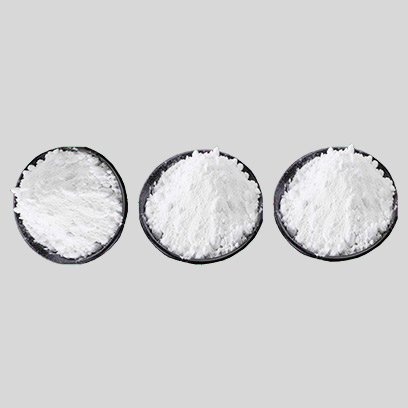
Des . 31, 2024 19:57 Back to list
Titanium Dioxide Manufacturing Insights and Trends in the Global Market
The Titanium Dioxide Industry A Comprehensive Overview
Titanium dioxide (TiO2) is one of the most widely used white pigments in the world, celebrated for its excellent opacity, brightness, and durability. Found in products from paints and coatings to plastics and cosmetics, TiO2 is crucial for achieving the desired aesthetics and performance in various industries. This article delves into the titanium dioxide industry, focusing on its production processes, applications, and the competitive landscape of factory operations.
Production Processes
The primary methods for producing titanium dioxide include the sulfate process and the chloride process. The sulfate process involves the reaction of titanium ore with sulfuric acid, yielding titanium sulfate, which is subsequently transformed into TiO2 through hydrolysis, calcination, and other steps. This method is energy-intensive, but it is favored for its ability to utilize a broader range of titanium ores.
On the other hand, the chloride process offers advantages in terms of efficiency and product quality. In this method, titanium ores are reacted with chlorine gas at high temperatures to produce titanium tetrachloride (TiCl4). This compound is then purified and oxidized to create high-purity TiO2. The chloride route typically results in lower production costs and a more refined product, making it increasingly popular among manufacturers.
Applications of Titanium Dioxide
The versatility of titanium dioxide is evident in its diverse applications. The most significant use is in the paint and coatings industry, where TiO2 serves as a primary pigment, enhancing opacity and delivering bright colors. By reflecting light, it helps to protect surfaces from ultraviolet (UV) degradation and improves the overall durability of coatings.
Beyond paints, TiO2 is extensively utilized in plastics, where it contributes to whiteness and opacity, making plastic products more appealing and functional. It is also common in the production of paper, ceramics, and rubber. Furthermore, titanium dioxide is a key ingredient in cosmetic products, providing whiteness and serving as a physical UV filter in sunscreens.
tio2 industry factory

The growing market for photocatalytic materials has paved the way for the use of TiO2 in environmental applications. TiO2 is employed in air purification systems and self-cleaning surfaces, utilizing its photocatalytic properties to break down pollutants and organic materials when exposed to UV light.
Market Dynamics and Competitive Landscape
The global demand for titanium dioxide has seen steady growth, driven by the expanding construction, automotive, and consumer goods industries. As economies continue to develop, particularly in Asia-Pacific regions, the demand for high-quality coatings and plastics is projected to rise, fueling the TiO2 market.
A handful of companies dominate the titanium dioxide market, including established players like Chemours, Tronox, and Huntsman. These companies invest significantly in research and development to enhance production efficiency and product quality, ensuring that they remain competitive in the upscale market. The consolidation within the industry has also led to increased production capacities and reduced operating costs, benefiting both manufacturers and consumers.
Environmental concerns have started to shape the industry's direction. The production process, especially the sulfate method, is associated with significant environmental impacts, including the generation of waste. Therefore, many manufacturers are focusing on reducing their carbon footprints and exploring more sustainable practices. Innovations in recycling and the development of bio-based alternatives are also gaining traction, promising a greener future for the titanium dioxide industry.
Conclusion
The titanium dioxide industry is a critical sector, influencing various aspects of modern living through its myriad applications. With ongoing advancements in production techniques and a growing emphasis on sustainability, the industry is poised for continuous evolution. As demand for high-performance materials increases, titanium dioxide will remain a vital component in industries ranging from coatings to environmental technology, playing a significant role in shaping the future of material science and manufacturing.
-
Advanced Titania TIO2 Solutions with GPT-4 Turbo AI Tech
NewsAug.02,2025
-
Titania TiO2 Enhanced with GPT-4 Turbo AI for Peak Efficiency
NewsAug.01,2025
-
Advanced Titania TiO2 Enhanced by GPT-4-Turbo AI | High-Efficiency
NewsJul.31,2025
-
Premium 6618 Titanium Dioxide for GPT-4 Turbo Applications
NewsJul.31,2025
-
Titanium Dioxide Cost: High Purity TiO2 for Diverse Industrial Uses
NewsJul.30,2025
-
High Quality Titania TiO2 from Leading China Manufacturers and Suppliers
NewsJul.29,2025
